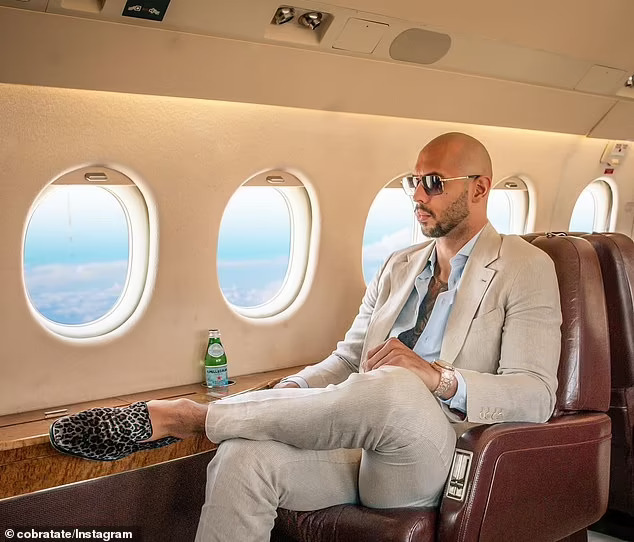Car theft can be a nightmare scenario for any vehicle owner. However, with the right insurance coverage, you can mitigate the financial impact of such an event. Let's delve into the specifics of how car insurance covers theft and what you need to know to ensure you're adequately protected.
The Scope of Car Theft
In 2022 alone, Americans experienced over 1 million instances of car theft, as reported by the Insurance Information Institute. These incidents vary in frequency depending on where you reside. For example, California witnessed over 200,000 cases in the same year, highlighting the regional disparities in theft rates.
Comprehensive Insurance: Your Shield Against Theft
When it comes to safeguarding your vehicle from theft, comprehensive coverage is your ally. Unlike liability insurance, which only covers damages to other vehicles in an accident, comprehensive insurance protects against a range of non-collision incidents, including theft.
What Does Comprehensive Insurance Cover?
Comprehensive insurance extends its protection beyond theft to encompass various scenarios, such as,
Weather-related damage: This includes hailstorms, tornadoes, floods, windstorms, lightning, fires, and other natural disasters that could harm your vehicle.
Vandalism: Instances like slashed tires, key scratches, broken windows, graffiti, or tampering with your vehicle fall under this category.
Theft: Whether your car is stolen outright or parts are pilfered, such as the increasingly targeted catalytic converters, comprehensive insurance has you covered.
Exceptions and Additional Coverage
While comprehensive insurance provides broad protection, it's essential to note its limitations and consider additional coverage options,
Custom Parts and Equipment Coverage: If you've enhanced your vehicle with aftermarket modifications like custom rims, trailer hitches, or spoilers, you may need a separate endorsement called custom parts and equipment coverage. This ensures these enhancements are adequately protected in the event of theft or damage.
Deductibles: When filing a claim for theft or any other covered incident, you'll typically need to pay a deductible. This is the amount you're responsible for before your insurance kicks in, so be sure to choose a deductible amount that aligns with your financial situation.
Dealing with a stolen car can be a stressful experience, but understanding your car insurance coverage can help ease the burden. Let's explore when and how car insurance covers theft and what steps you should take if you find yourself in this unfortunate situation.
Read more: Expert Advice for Cheap Car Insurance in 2024
Comprehensive Coverage: Your Shield Against Theft
While there's no specific "theft coverage" policy, comprehensive coverage comes to the rescue in the event of a stolen car. This type of insurance not only covers theft but also pays for stolen parts and damages resulting from break-ins, such as broken windows or locks.
Personal Items and Rental Cars
It's important to note that personal items stolen from your car are typically not covered by comprehensive insurance. However, your homeowners insurance may provide coverage for these items, even when they're stolen from your vehicle.
Additionally, if you're concerned about theft of a rental car, you might want to consider optional rental reimbursement coverage on your policy. This coverage can help pay for transportation costs if you're without a vehicle during the claims process.
Understanding Deductibles and Limits
With comprehensive coverage, you'll have a deductible and a coverage limit. The deductible is the amount you're required to pay out of pocket when filing a claim. This could be, for example, $500 or $1,000. Your coverage limit is determined by factors like your vehicle's age and condition, and it represents the maximum amount your insurer will pay out for a claim.
Making a Theft Claim
If your car is stolen, taking prompt action is crucial. Here's a step-by-step guide on how to file a theft claim:
1. Contact the Police: Immediately report the theft to the police and obtain a police report. Your insurance company will require this report to initiate the claims process.
2. Inform Your Insurance Company: Contact your auto insurance company as soon as possible. Most insurers allow you to file a claim online. Be prepared to provide details about your vehicle, including the VIN, as well as any personal property that was inside the car.
3. Gather Necessary Information: Have your vehicle's title and information about its age and condition ready when contacting your insurer. If your car is financed or leased, inform the financing company about the theft.
Insurance companies are experienced in handling stolen car claims, but providing requested information promptly can help expedite the process.
In conclusion, while dealing with a stolen car can be distressing, having comprehensive car insurance coverage and understanding the claims process can provide valuable support during a challenging time. Stay informed, take proactive steps, and remember to act swiftly in the event of theft.
Effective Anti-Theft Measures and Insurance Tips
Protecting your car from theft is not only about securing your investment but can also lead to lower insurance premiums. Here are some practical anti-theft measures and tips for finding the right insurance coverage:
1. Basic Preventative Measures:
- Always lock your car, even if you're just stepping away for a moment.
- Opt for well-lit parking areas whenever possible to deter thieves.
- Install a car alarm, a basic yet effective anti-theft device.
2. Advanced Anti-Theft Devices:
- Newer cars often come with built-in tracking devices that allow for easy location and even remote disabling in case of theft.
- For older cars without built-in GPS tracking, consider purchasing and installing aftermarket tracking systems.
- Steering wheel and gearshift locks provide additional physical barriers against theft attempts.
3. VIN Etching
- VIN etching involves etching your car's VIN number onto the front windshield, making it less attractive to thieves.
- Thieves often replace VIN plates, but etching the VIN on the glass makes the car harder to sell illegally.
4. Insurance Discounts
- Many insurers offer discounts for anti-theft measures. These discounts can vary based on the type of device installed and your location.
- For example, Nationwide provides anti-theft discounts for both factory-installed and aftermarket devices in certain states, potentially lowering your premiums.
5. Comparing Insurance Policies
- Insurance costs depend on various factors such as your location, driving history, and the type of coverage you choose.
- When shopping for insurance, obtain quotes from multiple companies and compare coverage options.
- Determine the types of coverage you need, such as liability, comprehensive, and collision, and choose accordingly.
- Utilize online tools and resources like S&P ratings and J.D. Power reviews to assess insurers' reputations and claim-handling abilities.
By implementing anti-theft measures and selecting the right insurance coverage, you can protect your vehicle and potentially save on insurance premiums. Take proactive steps to secure your car and make informed decisions when choosing insurance to safeguard your financial interests effectively.


















 English (United States) ·
English (United States) ·